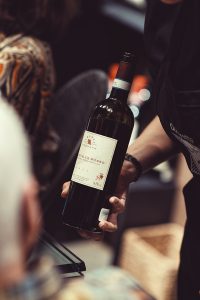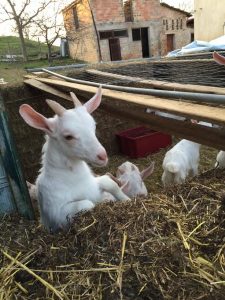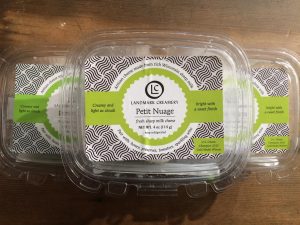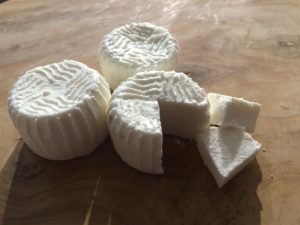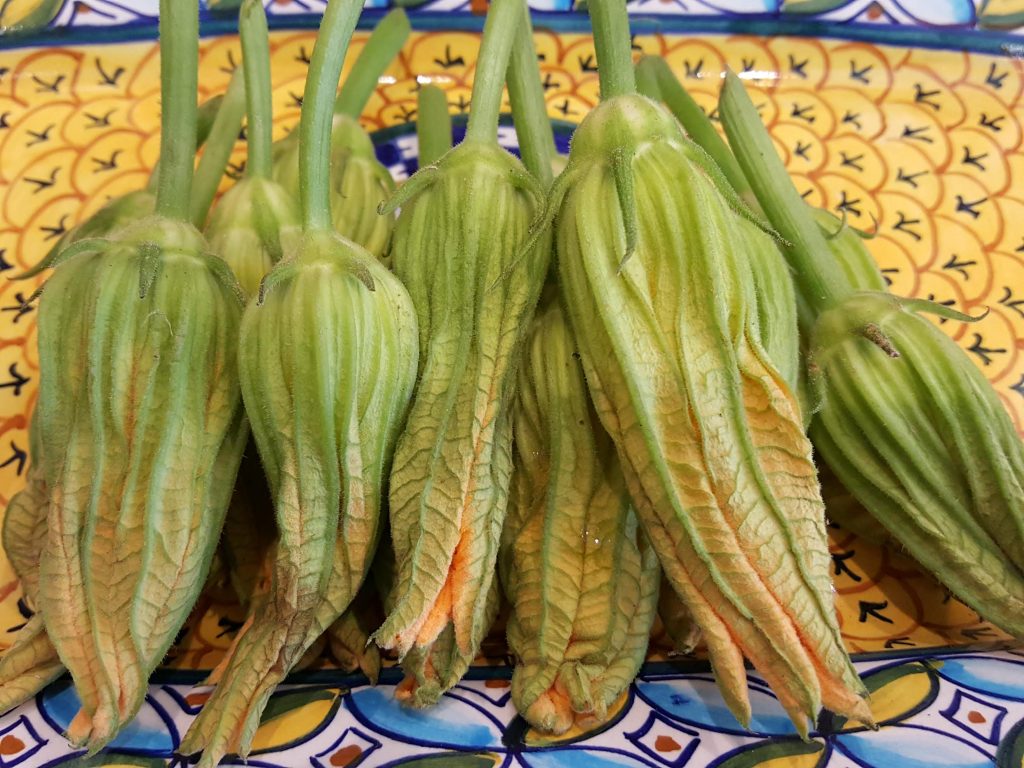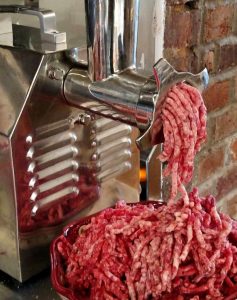There are few tasks more daunting than choosing a bottle of wine at a restaurant. Whether you’re an Everyday Enthusiast or simply a Weekend Wino, there’s always something slightly intimidating about being handed a list- or even worse, a book!- of wine names and being asked to choose the perfect bottle for your meal. In my experience, the struggle is attributable to three major factors: the pressure of picking a wine that everyone at the table (with their different tastes and food orders) will love, the impersonality of choosing a name from a page rather than a bottle from a shelf, and the price tag associated with what, nine times out of ten, boils down to simple guesswork.
Don’t get me wrong – I love wine. I love white wine, I love red wine, I love cheap wine, and (much to my bank account’s dismay) I definitely love expensive wine. The problem is, loving wine doesn’t always help matters much when set to the task of selecting wines for a particular setting. Which brings us to the question: how does one choose? What makes one vineyard’s Sagrantino different from another, and how do you know to choose between them? Silly as it sounds the answer seems to be ‘choose the one you like’.
Coming from a family that treats meal time with the same reverence as many would a church service, I have been fortunate to encounter some amazing food and wines. But as we eat and drink our way through Italy, one thing has become increasingly clear: learning the stories behind the wines, seeing where they come from, and meeting the people that created them imparts a special quality on each and every bottle. Even using the same grapes, and following all the same DOC regulations, vineyards all have a slightly different way of doing things, and it shows in their wines. While we may not remember the exact name of every bottle we’ve tried (especially after the second or third), our faces will always light up when we recognize a label, a vineyard we’ve been to, or recount the stories of an afternoon lost together in a tasting room – and this is an experience we want to share with you.
On Friday evenings, Via Umbria is serving dinners CYOB (Choose Your Own Bottle). A step up from your typical BYOB, we encourage you to come a few minutes before your meal, and talk and taste with our wine staff to pick the perfect bottle for both you and your meal (at retail prices!) We’re excited for the opportunity to show you some of our unique bottles, all of which come from small production vineyards throughout Italy, tell you the stories behind them, and help you explore our selection to pick out something that you’re going to love. With nearly 100 distinct bottles to choose from, we’re sure we’ve got something for every palate. Our selection may not be considered typical; everything that we have, we have because we enjoy drinking it and we enjoy talking about it, and it’s meant to be interesting and accessible. You don’t have to know anything about tasting notes, wine regions, or Italian grapes, to enjoy these wines – although it’s great if you do. What’s most important to us in a bottle of wine is that you like it. Plain and simple.
So come join us for dinner at our Ristorante on Fridays, choose your bottle of wine (CYOB), and let’s head upstairs to share a meal. After all, drinking wine is great, but drinking great wine with great food is even better.


